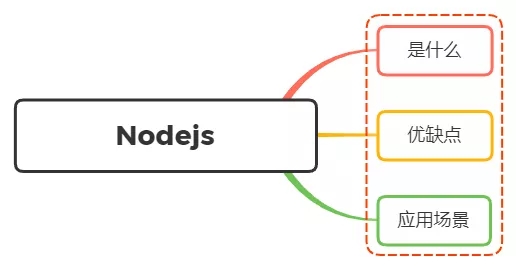Linux进程间通信—管道
前言:本篇主要总结介绍了Linux进程间通信方式之一管道技术。包括管道(无名有名)的基本概念、相关API的介绍、及Demo代码示例。
目录
- 关于管道
- 父子进程间的管道通信
- 函数 popen 和 pclose
- FIFO 命名管道
关于管道
管道是UNIX系统最古老的一种 IPC 方式,所有UNIX系统都提供这种通信机制。
| 管道 | 接口 | 特性 |
|---|---|---|
| 无名管道 | pipe | 半双工为主、父子进程间通信 |
| 命名管道 FIFO | mkfifo 和 mkfifoat | 多个不相关进程间通信 |
- int pipe(int pipefd[2])
该函数经由参数 pipefd 返回两个文件描述符:pipefd[0] 为读打开,pipefd[1] 为写打开。pipefd[1] 的输出是 pipefd[0] 的输入 - int mkfifo(const char *pathname, mode_t mode)
- int mkfifoat(int dirfd, const char *pathname, mode_t mode)
使用 mkfifo 和 mkfifoat 两个接口来创建 FIFO 文件,其中参数 mode 与 open 函数中的 mode 相同;
mkfifoat 与 mkfifo 相似,其中 fd 用来在 fd 文件描述符表示的目录相关的位置创建一个 FIFO。
父子进程间的管道通信
一般,进程先调用 pipe,再调 fork,从而创建从父进程到子进程的 IPC 管道,如图所示:
下面来创建一个父子进程间的通信管道,子进程通过该管道像父进程传送数据,父进程使用该数据。Demo 程序如下:
#define BUFSIZE 512static void PipeDemo(){int fd[2];pid_t pid;char buf[BUFSIZE] = {0};int readsize = 0;if(pipe(fd) < 0) {printf("pipe failed!\n");return;}if((pid = fork()) < 0) {printf("fork failed!\n");return;}else if(pid == 0) {close(fd[0]);printf("Child Process Say Hello to Father Process\n");write(fd[1], "Hello Father\n", 13);}else {close(fd[1]);readsize = read(fd[0], buf, BUFSIZE);if(strcmp(buf, "Hello Father\n") == 0) {printf("OK, Good Boy\n");}}exit(0);}
该程序测试执行后打印如下:
函数 popen 和 pclose
- FILE *popen(const char *command, const char *type)
函数 popen 先执行 fork,然后调用 exec 执行 command,并且返回一个标准 I/O 文件指针。
如果 type 是 “r”,则文件指针链接到 command 的标准输出;
如果 type 是 “w”,则文件指针链接到 command 的标准输入; - int pclose(FILE *stream)
on success, returns the exit status of the command; if wait4(2) returns an error, or some other error is detected, -1 is returned.
下面使用 popen 执行一个 ls 命令,并打印结果:
static void PopenDemo(){FILE *fd = NULL;char buf[BUFSIZE] = {0};size_t n = 0;fd = popen("ls -l", "r");n = fread(buf, BUFSIZE, 1, fd);printf("%s", buf);if(pclose(fd) == -1) {printf("pclose failed.");}}
执行结果如下:
FIFO 命名管道
FIFO 是一种文件类型,通过FIFO,不相干的进程之间也能交换数据。
下面就使用 mkfifo 函数来创建一个 FIFO 文件,并用与不同进程间通信。
该Demo程序通过 fifo 接收其他进程的消息,并作出回应
// fifo.c create 2020/5/26#include <stdio.h>#include <string.h>#include <sys/types.h>#include <sys/stat.h>#include <unistd.h>#include <fcntl.h>#include <stdlib.h>static void ModifyFIFO(){const char *fifofile = "/tmp/fifo";if(access(fifofile, F_OK) != 0) {if(mkfifo(fifofile, 0755) != 0) {printf("mkfifo failed.");exit(0);}}int fd = open(fifofile, O_RDWR);if(fd < 0) {printf("open fifo failed.");exit(0);}char buf[512] = {0};int size = 0;while(1) {memset(buf, 0, 512);size = read(fd, buf, 512);if(size > 0) {printf("%s\n", buf);}if(strstr(buf, "exit")) {break;}else if(strstr(buf, "Hello Dad")) {write(fd, "OK, Good boy~", 13);}}}int main(){ModifyFIFO();return 0;}
不同进程之间执行效果如下:







































还没有评论,来说两句吧...